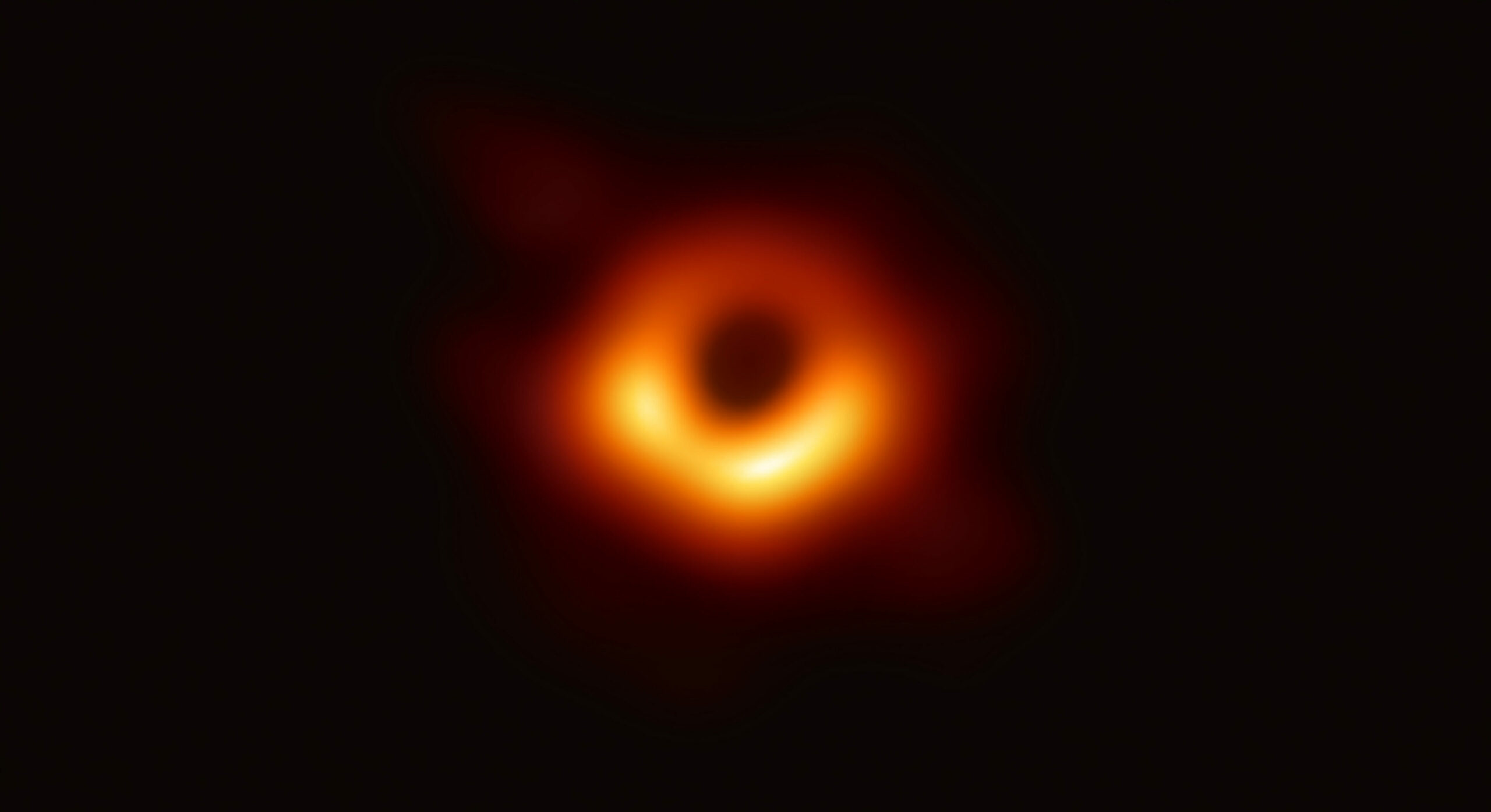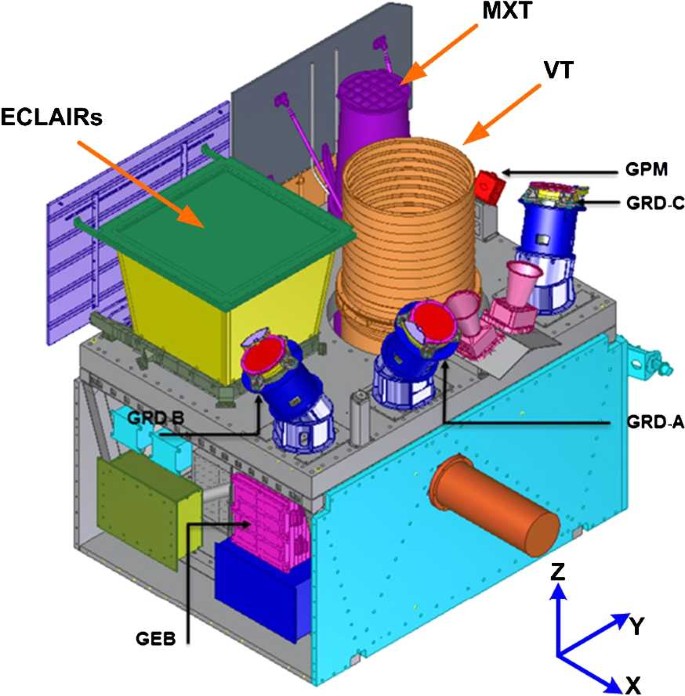Comparing one’s theoretical expectations with observations from the physical world is a determining step of the scientific method. This step can either (i) validate your description, in which case one will seek to derive prediction from this picture to compare with further observations, or (ii) invalidate your description, in which case it is back to the blackboard! In the case of JETSET, comparison with observations is a particularly delicate task, because the astronomical methods employed to acquire the relevant observations are very sophisticated.
In the study of active galactic nuclei (AGNs), observations consist in a combination of heavy data sets coming from simultaneous operation of a large array of radio telescopes distributed around the planet. This combination is known as very long-baseline radio interferometry (VLBI), it is a technological prouesse in itself. This is the type of method used to obtain the image of the black hole in the center of the M87 galaxy shown on the right, obtained after the effort of a worldwide collaboration including JETSET members. Once this image is available, one can compare it with theoretical predictions on the size of the black hole shadow, the brightness of the photon ring, etc.


In the study of gamma-ray bursts (GRBs), observations consist in counts of gamma-rays detected by heavy-metal detectors in orbit, such as the one depicted on the left. While sending such detectors to orbit relatively easy, it is the conception of the crystals that compose the detector that is very involved. Indeed, one seeks not only to detect gamma-ray light, but also be able to measure the energy carried by the photons, and possibly determine the direction they are coming from in the sky. In time, gamma-ray detectors have progressively allowed these measurement and thus provided sharper and sharper observations to compare theory with.